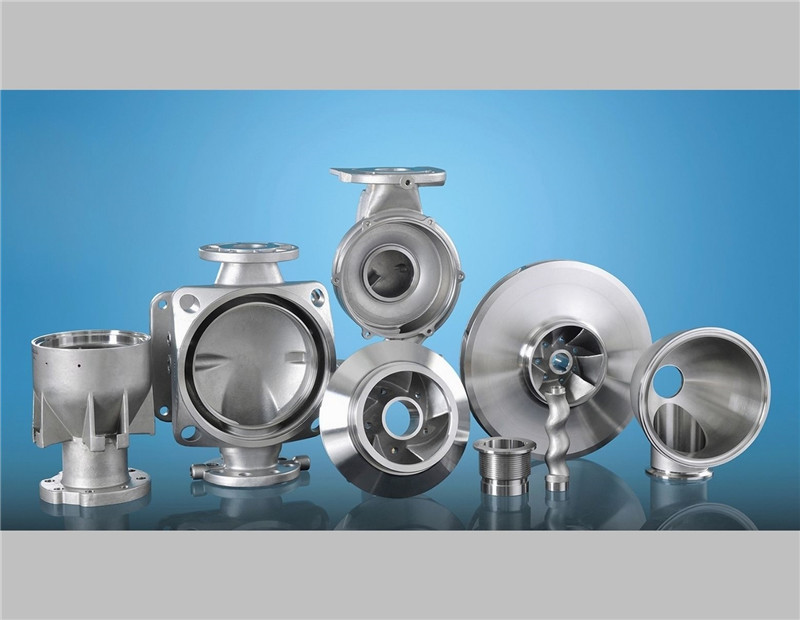Phone Number
+86-311-83601906
Phone Number
+86-311-83601906
Office Add: No.0702-2-1-C2 Hongshiwan, No.8 Dongsanzhuang Street,Xinhua District,Shijiazhuang, China.
Tel: +86-311-83601906
Whatsapp/Wechat: +8615833966866
hbmetals@hotmail.com
Due to the uneven wall thickness of the casting, in the process of heating, cooling and phase transformation, there will be effect force and structural stress. In addition, large parts are also prone to residual stresses after machining, and all these internal stresses must be eliminated. The usual heating temperature of stress relief annealing is 500 ~ 550 ℃, holding time is 2 ~ 8h, and then furnace cooling (gray iron) or air cooling (nodular iron). Using this process can eliminate 90 to 95% of the internal stress of the casting, but the structure of the cast iron does not change. If the temperature exceeds 550 ° C or the holding time is too long, it will cause graphitization and reduce the strength and hardness of the casting.

1. High temperature graphitization annealing to eliminate the white mouth of castings
When the casting is cooled, white spots are often produced in the surface layer and thin section. The white mouth tissue is hard and brittle, with poor processing performance and easy to peel. Therefore, annealing (or normalizing) method must be used to eliminate white mouth tissue. The annealing process is as follows: heating to 550-950 ° C for 2 to 5 hours, and then cooling the furnace to 500-550 ° C and then air cooling. During the high temperature holding period, free cementite and eutectic cementite and eutectoid cementite are also decomposed and a graphitization process occurs. Because cementite improves the mechanical properties of castings. Sometimes normalizing is also the preparation of ductile iron surface quenching on the structure, normalizing is divided into high temperature normalizing and low temperature normalizing. The high-temperature normalizing temperature generally does not exceed 950-980 ° C, and the low-temperature normalizing generally heats up to the fold temperature range of 820-860 ° C. After normalizing, tempering treatment is generally needed to eliminate the internal stress generated during normalizing, so as to achieve the high-temperature rock desertification annealing of the casting.
2. Chemical heat treatment
For castings that require surface wear resistance, oxidation resistance, and corrosion resistance, chemical heat treatment processes similar to steel can be used, such as gas soft chlorination, chlorination, boronizing, and sulfurizing.
Previous: Malleable cast iron